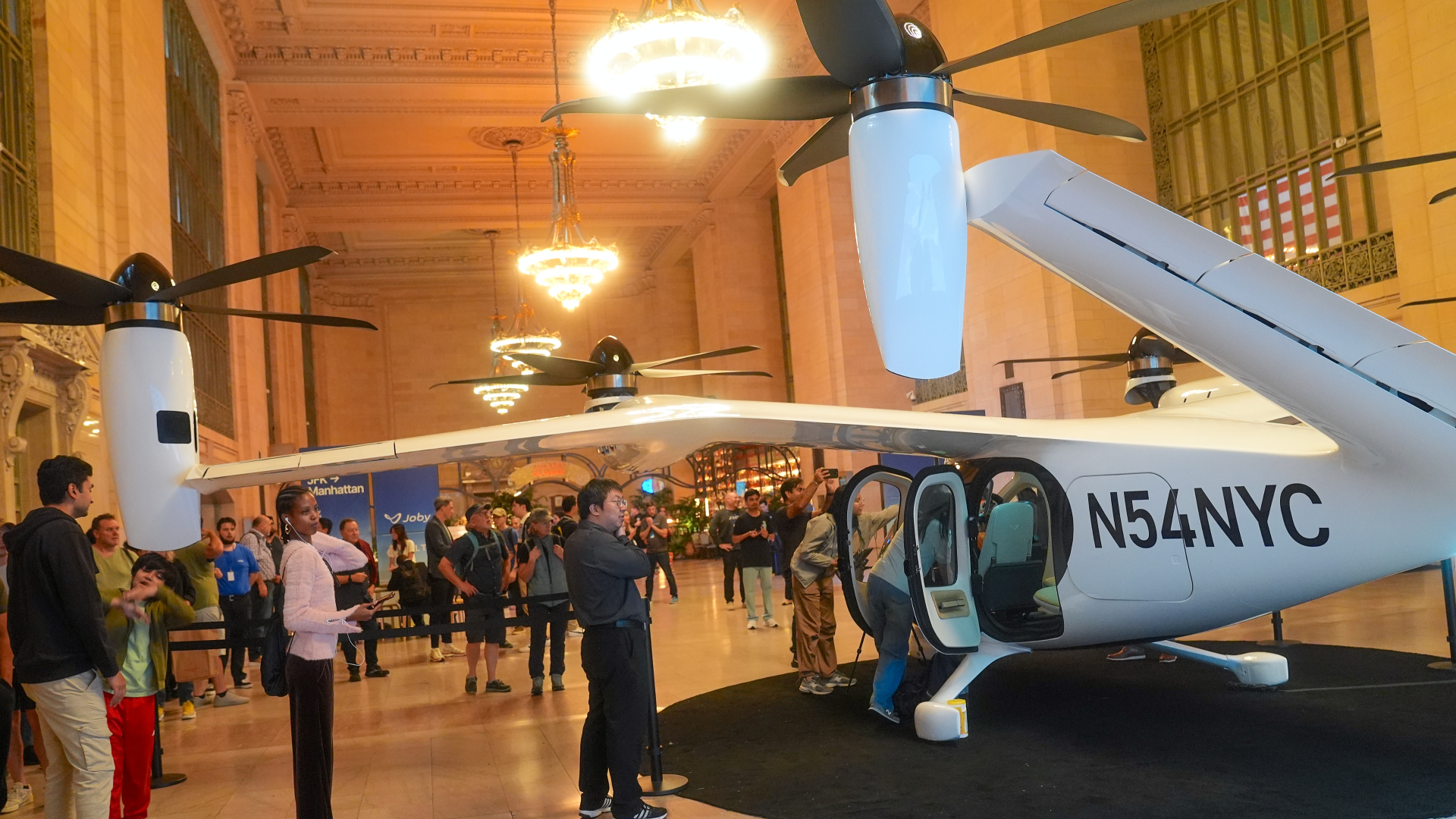Air taxi regulations finalized by U.S. regulator
U.S. regulators have finalized new regulations for air taxis, paving the way for the development and operation of this emerging mode of transportation. The updated rules aim to ensure safety and operational standards while promoting innovation in the urban air mobility sector.

The Federal Aviation Administration (FAA) stated that the rules apply to aircraft "that have the characteristics of both airplanes and helicopters." This development comes as numerous companies examine the potential of lower-cost, electric-powered air transit.
According to the FAA, the new regulations were necessary because existing rules did not account for these innovative aircraft, which can take off vertically, like helicopters, before transitioning to horizontal flight, akin to airplanes.
These regulations represent the first new category of civilian aircraft introduced since the arrival of helicopters in the 1940s, the regulator noted.
While powered-lift operations encompass air taxis, the regulations—which outline pilot qualifications and minimum safe altitudes—also facilitate new cargo delivery methods.
"The rule is the final piece in the puzzle for safely introducing these aircraft in the near term," the regulator mentioned, adding that "the opportunities for the use of powered lift operations are far-reaching."
Startups in the emerging "electric vertical take-off and landing" sector stand to gain significantly, as they aim to roll out air taxis soon, particularly for passengers wanting to escape congested traffic.
Supernal, a subsidiary of South Korea's automotive giant Hyundai, is targeting the launch of its air taxi services by 2028, particularly in traffic-heavy cities like Los Angeles.
In Europe, the German startup Volocopter aimed to operate during the Paris Olympics this summer, but was unable to secure certification in time. They are optimistic about achieving certification by the end of the year.
Anna Muller contributed to this report for TROIB News
Discover more Science and Technology news updates in TROIB Sci-Tech












